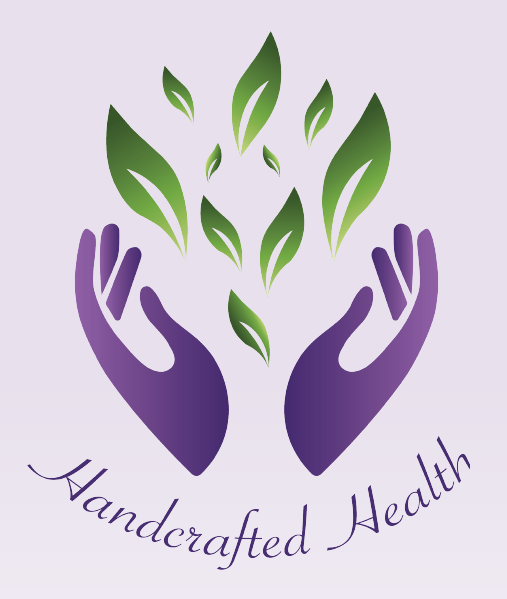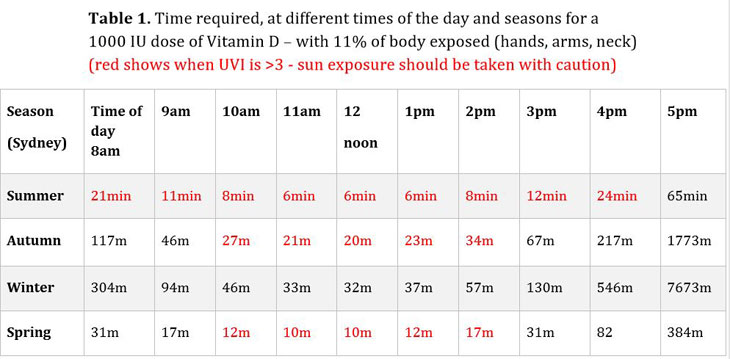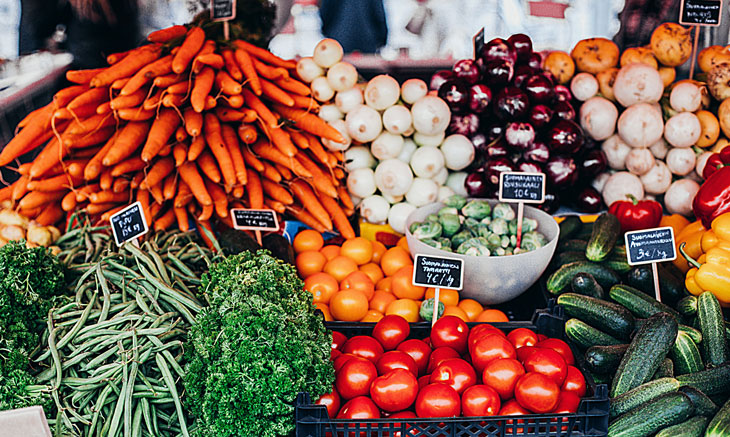Hormones are chemical messengers that carry information to cells. The sex hormones (estrogen, progesterone, testosterone) are responsible for growth, development and reproduction and play a significant role in our health and well-being throughout life. A hormone imbalance can affect the quality of life for both men and women, resulting in symptoms such as loss of libido, depression, fatigue, and weight gain.
Excessive estrogens can cause symptoms such as fluid retention, weight gain, migraines and overstimulation of the breasts, ovaries and uterus, which may lead to cancer. Insufficient estrogen levels can lead to hot flushes, vaginal dryness, rapid skin ageing, urinary problems, excessive bone loss and possible acceleration of dementia. An excess of estrogen, relative to testosterone, is thought to play a role in the development of prostate symptoms in men. Recent research suggests that the by-products of estrogen metabolism are the cause of both breast and prostate cancers.
Progesterone enhances the beneficial effect of estrogen whilst preventing symptoms associated with estrogen excess, thereby having a balancing effect. Whilst progesterone is a key hormone in women, its benefit for men in maintaining prostate health, is also very important.
Testosterone helps the maintenance of muscle mass, bone density, skin elasticity, libido and cardiovascular health in both sexes, although women have smaller amounts of testosterone compared to men.
2 and 16 Urinary Estrogen Metabolite Test
The 2 and 16 urinary estrogen metabolism test may be a useful tool in determining if you may have a high risk of hormonal imbalance. Estrogens are metabolised in two ways: the first pathway (2-hydroxyoestrone) is protective while the second, pathway (16αhydroxyoestrone) is more potent. This test identifies which is the dominant pathway (2 or 16) for estrogen metabolism. The aim is to ensure that the ratio between 2:16 pathways is maintained at the ideal 2.0.
How to Promote Estrogen Balance
Adopt a low GI/GL diet and encourage regular small meals to stabilise blood sugar levels. Include whole food dietary principles, fresh organic fruits and vegetables, cold-pressed oils, oily fish, nuts and seeds. Increase fibre and vegetable consumption. Soluble fibres are found in fruits, grains (such as oats and barley) and legumes and these fibres absorb water and often become slimy and sticky. They can stabilise blood sugar and bind to excess estrogen and cholesterol and eliminate it through the bowel. Insoluble fibres are found in wheat bran, wholegrain slices of bread and cereals, and vegetables. These fibres do not absorb water like soluble fibres and help regulate daily bowel movements (which is important in balancing hormones).
Phytoestrogens have a similar structure to human estrogens and may act as weak estrogens or anti-estrogens within the body. Include flaxseed (whole seeds, meal, and oil); whole soybeans and fermented soy sources including tempeh; alfalfa and sesame seeds (see my post on Phyto-estrogens).
The Brassica family of vegetables have an active constituent called – indole-3-carbinols, which are compounds that help detoxify estrogen more effectively through the liver The Brassica family include – Broccoli, Brussels Sprouts, Cabbage, Cauliflower, Chinese Broccoli, Choy Sum, Daikon, Kale, Kohlrabi, Mustard Greens, Radish, Rutabaga, Turnip.
Reduce your Exposure to Exogenous Estrogens or Xenoestrogens
Avoid all pesticides, herbicides, and fungicides. Wash all fruit and veg if possible. Buy organic where possible. Choose organic, locally grown and in-season foods. Peel non-organic fruits and vegetables. Buy hormone-free meats and dairy products to avoid hormones and pesticides.
Reduce the use of plastics whenever possible. Do not microwave food in plastic containers. Use microwave-safe containers. Avoid the use of plastic wrap to cover food for storing or microwaving. Use glass or ceramics whenever possible to store food. Do not leave plastic containers, especially your drinking water, in the sun. If a plastic water container has heated up significantly, throw it away. Don’t refill plastic water bottles. Avoid freezing water in plastic bottles to drink later.







0 Comments